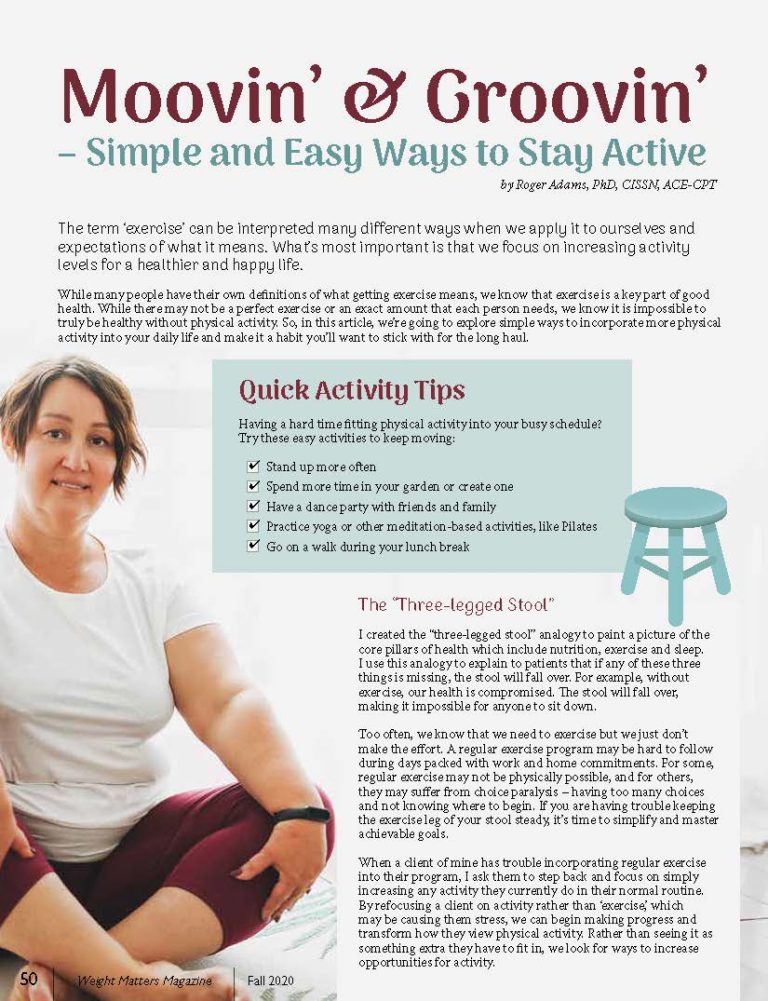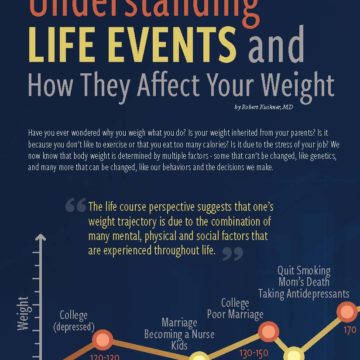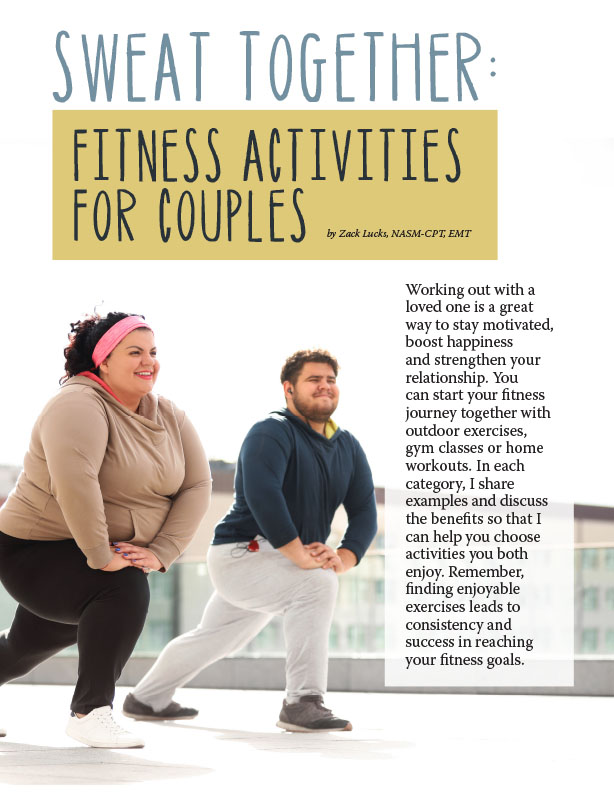Moovin’ & Groovin’ – Simple and Easy Ways to Stay Active


by Roger Adams, PhD, CISSN, ACE-CPT
Fall 2020
The term ‘exercise’ can be interpreted many different ways when we apply it to ourselves and expectations of what it means. What’s most important is that we focus on increasing activity levels for a healthier and happy life.
While many people have their own definitions of what getting exercise means, we know that exercise is a key part of good health. While there may not be a perfect exercise or an exact amount that each person needs, we know it is impossible to truly be healthy without physical activity. So, in this article, we’re going to explore simple ways to incorporate more physical activity into your daily life and make it a habit you’ll want to stick with for the long haul.
Quick Activity Tips
Having a hard time fitting physical activity into your busy schedule?
Try these easy activities to keep moving:
- Stand up more often
- Spend more time in your garden or create one
- Have a dance party with friends and family
- Practice yoga or other meditation-based activities, like Pilates
- Go on a walk during your lunch break
The “Three-legged Stool”
I created the “three-legged stool” analogy to paint a picture of the core pillars of health which include nutrition, exercise and sleep. I use this analogy to explain to patients that if any of these three things is missing, the stool will fall over. For example, without exercise, our health is compromised. The stool will fall over, making it impossible for anyone to sit down.
Too often, we know that we need to exercise but we just don’t make the effort. A regular exercise program may be hard to follow during days packed with work and home commitments. For some, regular exercise may not be physically possible, and for others, they may suffer from choice paralysis – having too many choices and not knowing where to begin. If you are having trouble keeping the exercise leg of your stool steady, it’s time to simplify and master achievable goals.
When a client of mine has trouble incorporating regular exercise into their program, I ask them to step back and focus on simply increasing any activity they currently do in their normal routine. By refocusing a client on activity rather than ‘exercise,’ which may be causing them stress, we can begin making progress and transform how they view physical activity. Rather than seeing it as something extra they have to fit in, we look for ways to increase opportunities for activity.
What if Most of My Lifestyle is Sedentary?
If you have a sedentary office job or you work from home and spend most of your work day on conference calls, you can boost your activity level by inserting activity breaks in small amounts. This will help you break up your day, keep your mind clear and focused, burn calories and lower your risk of developing a chronic disease.
Here are some simple ways to add activity and movement into a normally sedentary work day:
If You’re at the Office:
- Park further away from the office to get in more steps.
- Use the stairs instead of the elevator if possible.
- Rather than emailing your coworker, get up and go visit them.
- Take at least 15 minutes out of your lunch break and use it to walk outside or indoors.
- Set reminders to get up and stretch your legs.
If You’re at Home:
- Schedule a daily break to take a walk away from your work space.
- Set reminders to get up each hour and do a few household chores.
- Turn a conference call into a walking meeting by putting in your headphones and taking your mobile device out on a walk with you.
- Pick your favorite song and have a dance break.
- If you normally spend 20 minutes in the morning driving to work, get up and spend that 20 minutes walking or stretching.
Even though work takes up a large amount of time on any given day, it’s not the only thing responsible for our sedentary lifestyles. Far too often, we spend our non-working time watching T.V. or scrolling endlessly on our phones. Adding active time to any part of your day can help balance your three-legged health stool and increase your physical activity levels.
Active Household Activities
Try to complete some of these household activities to get moving throughout the day:
- Gardening or yard work
- Snow shoveling or leaf raking
- Washing your car
- Housework – especially vacuuming and sweeping
- Walking your dog
- Do-it-yourself (DIY) home projects like painting and sanding
Don’t Let Exercise Overwhelm You
If you feel overwhelmed when thinking about how to add more exercise into your life, remember that you’re probably already doing things that are considered active. So, go ahead and get started by trying to focus on how you can increase your physical activity frequency, duration and quantity. Keep it simple and start with activities that are easy to add to your everyday life. Don’t force it – just look for opportunities that are around you.
After a few weeks, you will likely notice that you are moving more, sitting less and having more energy. You might even be ready to add exercise into your daily routine. As you refine your schedule of daily activities, you will be able to add a few minutes here and there. By the end of the day, you will have logged quite a bit of activity without “working out” or stepping foot into a gym.
Remember that increasing daily physical activity isn’t meant to replace exercise, but it will help you:
- Regulate your metabolism
- Improve insulin and glucose control
- Keep joints mobile
- Strengthen your legs
- Balance your energy
- Keep your house and yard tidy
Conclusion:
Regarding exercise and fitness, it’s okay to steadily work yourself up to a regular exercise plan or program. A good medium-size goal is to gradually increase your physical activity. We may not all have hours to spend working out, but we can invest quality active minutes throughout the day to add value to our lives and health. Whether you choose to exercise or simply focus on increasing your active time, your main goal should be to incorporate movement during the day and increase your physical activity.
About the Author:
Roger Adams, PhD, CISSN, ACE-CPT, is the owner of eatrightfitness, an evidence-based private practice focusing on weight loss and sports performance nutrition, located in the greater Houston area. He has more than 20 years of experience working with clients in-person and remotely to achieve better health and fitness. Additionally, Dr. Adams speaks at business seminars, health fairs and nonprofit organizations about the ever-changing field of nutrition and fitness.
by Yelena Kibasova Spring 2024 The fitness world is evolving, with new trends and innovations that promise…
Read Articleby Zack Lucks, NASM-CPT, EMT Winter 2024 Working out with a loved one is a great way…
Read Articleby Nina Crowley, PhD, RD (with Inspiration from Shawn Cochran) Winter 2024 Dating, no matter your age,…
Read Article








